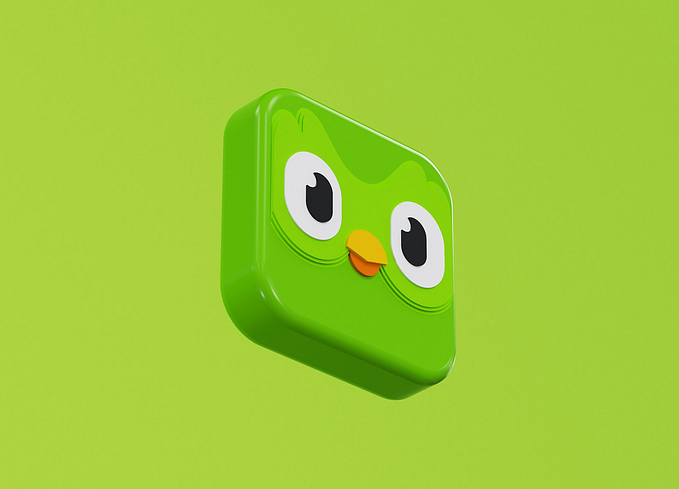The fundamental: design thinking

What is Design Thinking?
It is a creative way of thinking in the problem-solving process. Design Thinking is a user-centric way of thinking. Thus, it focuses on consumers’ necessities and problems faced by users when using products. This kind of thinking is started from understanding the problems empirically and use those problems as a “fuel” to generate solutions in the form of products.
Steps in Design Thinking
Design Thinking consisted of 5 iterative steps (some sources mentioned 6*). One step is followed by another step consecutively, but we can go back to the previous step if needed. Those steps are written below,
Empathize/Understand
This step is needed in research to collect data. As the name implies, Empathize, we have to put empathy to understand the problems and needs faced by users. In other words, we are putting ours into the user’s shoes to understand what needs to be done.
Define
Problems found, what next?
Most of the time, the problems we found are too broad and vague. After understanding what is faced by the user, our task is to map out those problems. Then, we can see the big picture of the problems. Thus, we have to focus on what needs to be solved first by prioritizing and considering its severity. A well-defined problem is key to think about the best solution in the next step.
Ideate
From the list of defined problems, we must think of every solution to solve those. It is important to ideate a solution while considering a multi-perspective approach, whether it is social, economic, psychology, or technology. This must be done because the problems we are facing are often covering a multifaceted kind of issues, thus multi-perspective ideas will come in handy to solve those problems.
Prototype
Ideas that have been considered before are still in abstract form thus we need to translate them into a more tangible form. The prototype is an early representation of our product based on the abstract ideas we have considered before. In the early stage of development, we can use a low-fidelity prototype to test the idea efficiently. A high-fidelity prototype will only be used in the near-end product development stage; after the low-fidelity has proven to solve the problem.
The prototype comes in various forms, starting from a hand-drawing sketch into a full design of the product.
Test/Validate
The developed prototype is tested on the user to confirm if our ideas have solved the user’s problems. This step is vital to validate that our thinking process is aligned with what we have started from the Empathize step.
If the test result is not showing a “yes, this works”, then we can iterate again from the previous step needed. We can roll back into the Prototype step, but it is also possible that we have to rerun the Empathize step — It always depends on what needed to be done.
*Implement
This step is where the prototype has served its function to solve the user’s problems and needs. We can fix the design based on the feedback we found on testing, then rebuild the prototype, test again, and finally, launch the product.
Design thinking is all about iterating each step to meet the product’s functionality and the user’s needs.
Why Design Thinking?
Design thinking is an approach that focuses on the problem the most. In a product development process, we have to focus on the needs and problems that are faced by the user. The more focus we put into understanding the problems, the less effort and money spent on developing the product.
Whether it is a mobile app, website, computer, or even a chair, all of them will be used by the user. That’s the reason why the product we built must meet what the user wants and needs. A user-centric perspective in Design Thinking will give us guidance to focusing our effort in developing products for users — instead of self-satisfaction.
Applying Design Thinking
Daily Life
Who said that Design Thinking is an industrial thing?
Design Thinking is a way of thinking, thus it can be applied to anything, such as make our daily life easier. An example of daily reference is when we find drenched water through our roof when the rain pours. We started by looking for the hole where it drenches. Or maybe it’s not because of the hole? The misaligned pipe could be the problem too. From here, we can understand that defining the problem is the first important step to fix the drenched water.
The next step is finding any solution we can do to fix it, starting from replacing the roof to just align the pipe a little bit. Take one solution for example and applied it — we aligned the pipe. Finally, we can test that our solution has worked or not. If it’s not working, we can go back to understand the problem again or try the other solution until the problem is solved.
From this example, we know that Design Thinking can be applied even to a little piece of our daily life.
Product Development
Of course, it can be too much to study Design Thinking only for fixing pipes. Design Thinking is generally used in the industry to develop a product. These can come in many forms, starting from furniture, computer parts, and software. These five steps, from empathize to test are a standard for the product development process. We start to use Design Thinking with mapping out the problems and needs. Then, we can conduct research on users and so on until the product is launched.
Conclusions
We often define the word “Design” as a visual product, such as poster, book cover, website homepage, and so on. However, those are only sub-product of a design. Design is a way to make something better than the previous version of it. Design Thinking is a way of thinking to make something better, whether it is the interface, functionality, or user experience. To make something better, first, we have to understand what has worked and what hasn’t. That’s why Design Thinking is started with a problem because we need to fully understand the problem to be able to fix it, and then we can make a better version of it.








